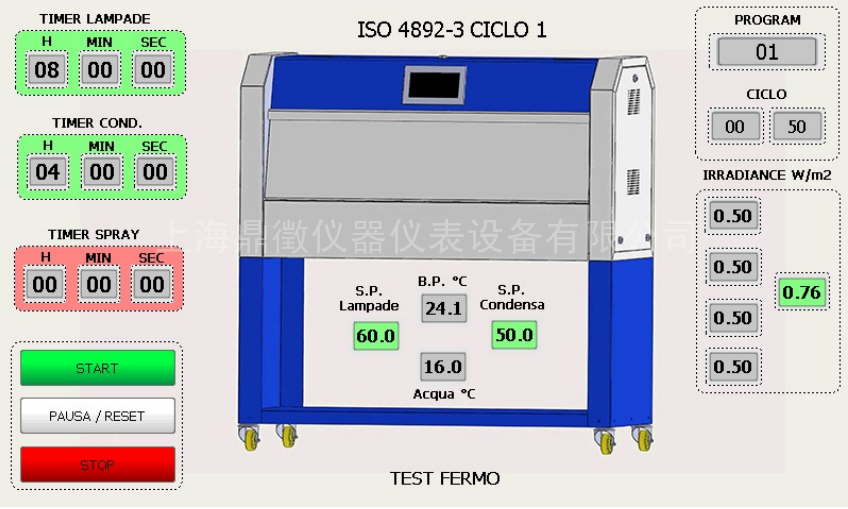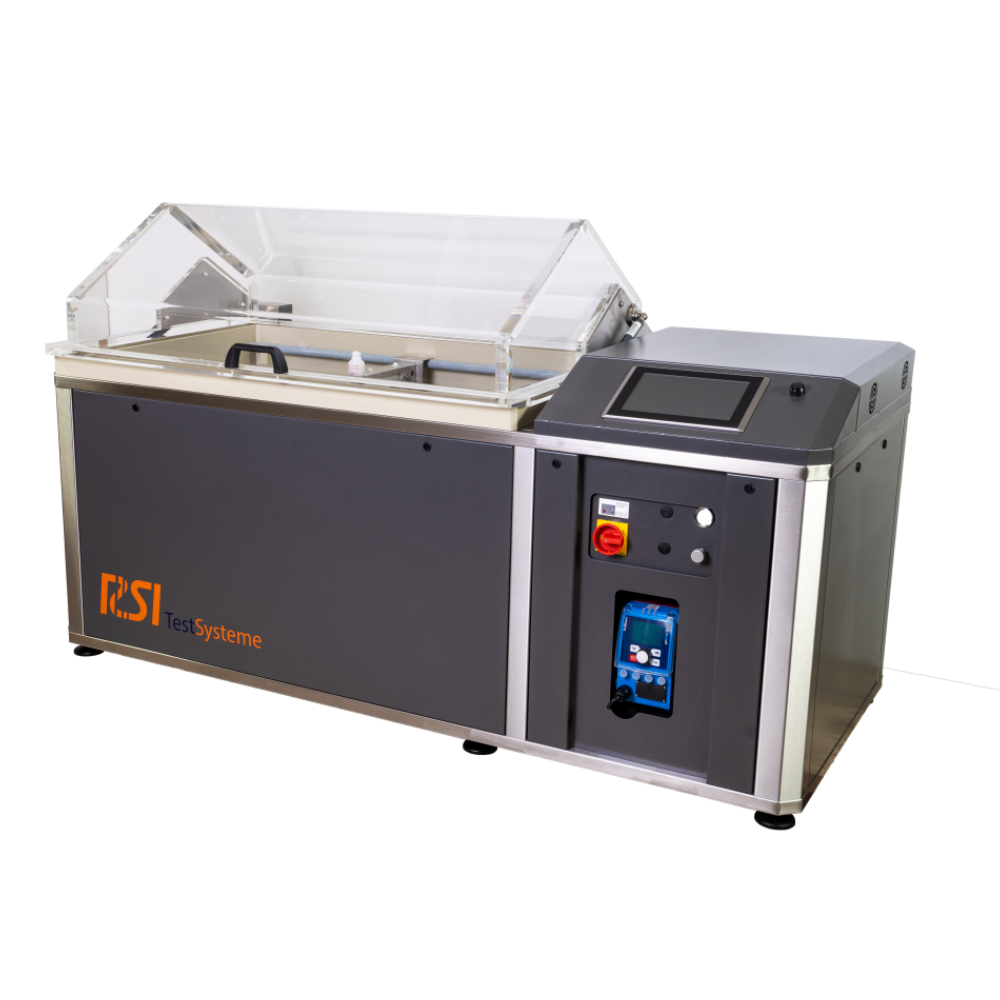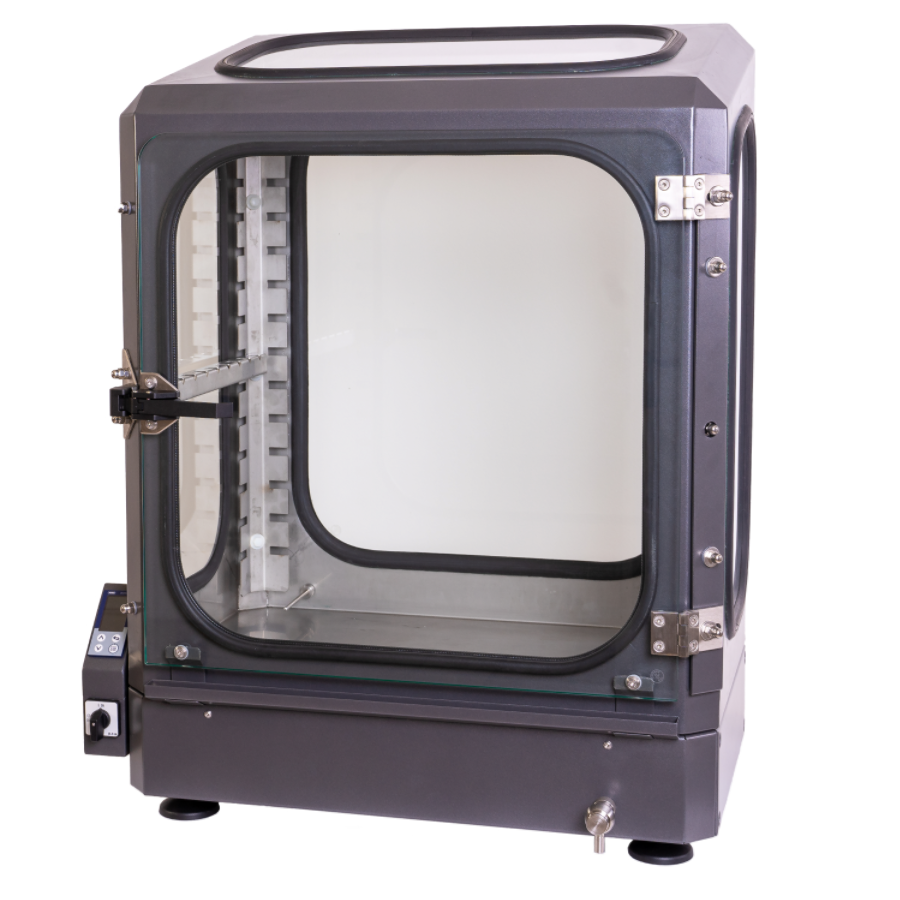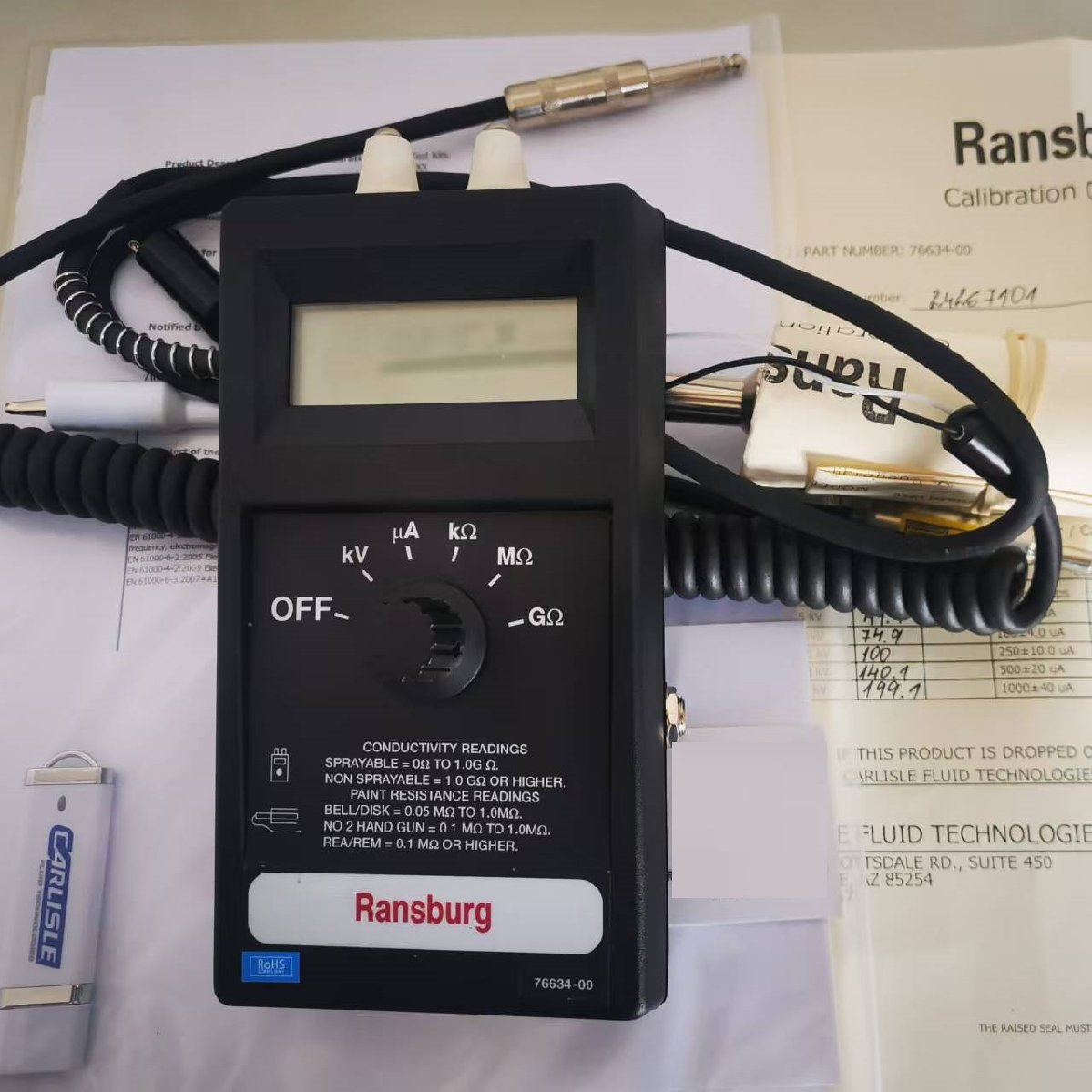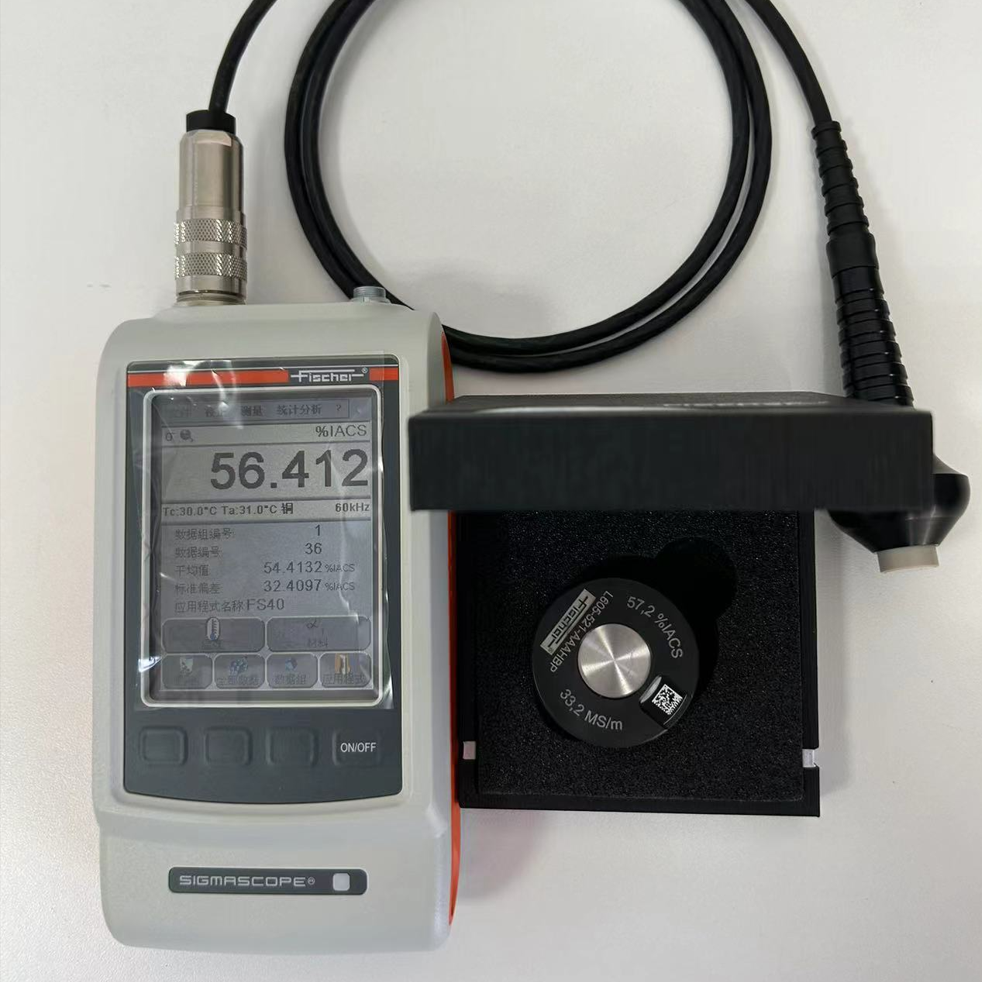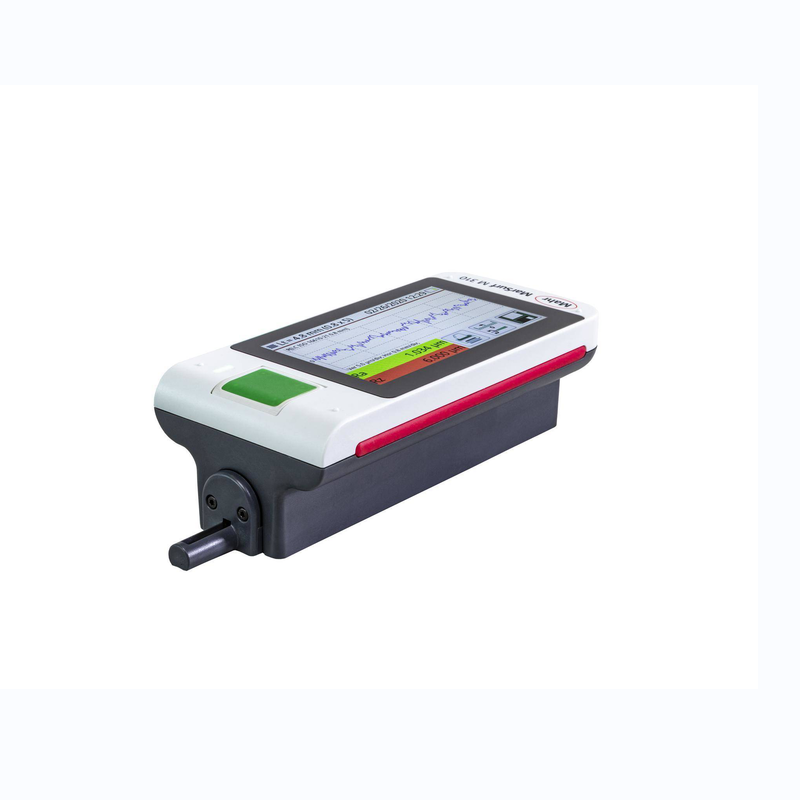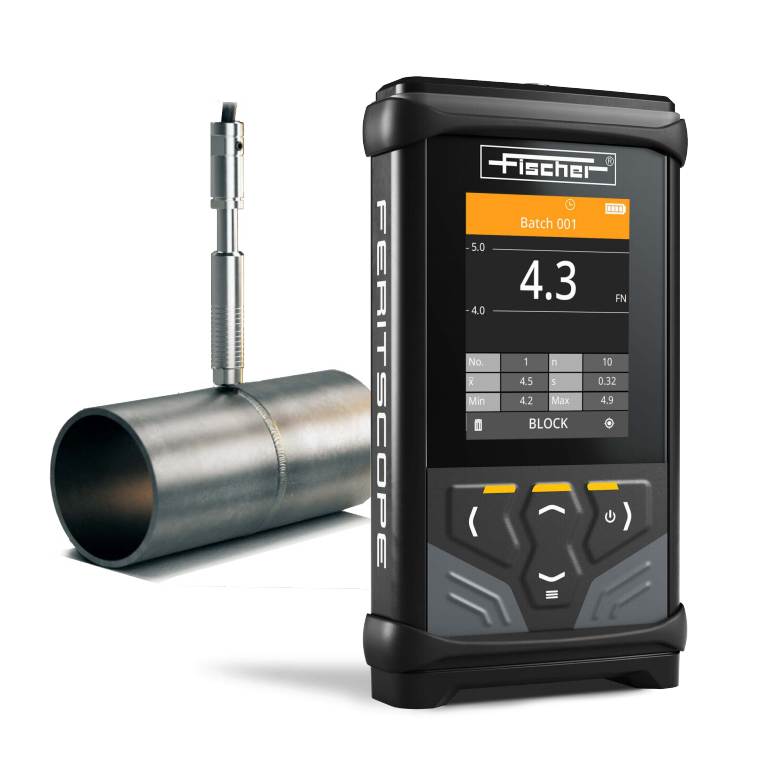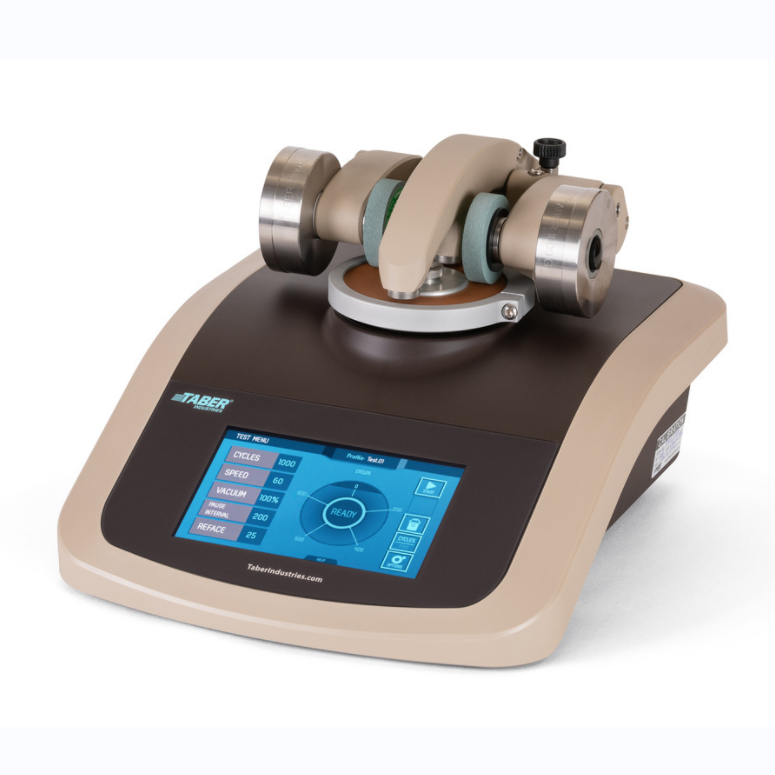- 技术文章
ASTMD4329塑料荧光紫外(UV)灯装置暴露的标准实施规程
2021-02-28 12:16:56 来源:上海鼎徵仪器仪表设备有限公司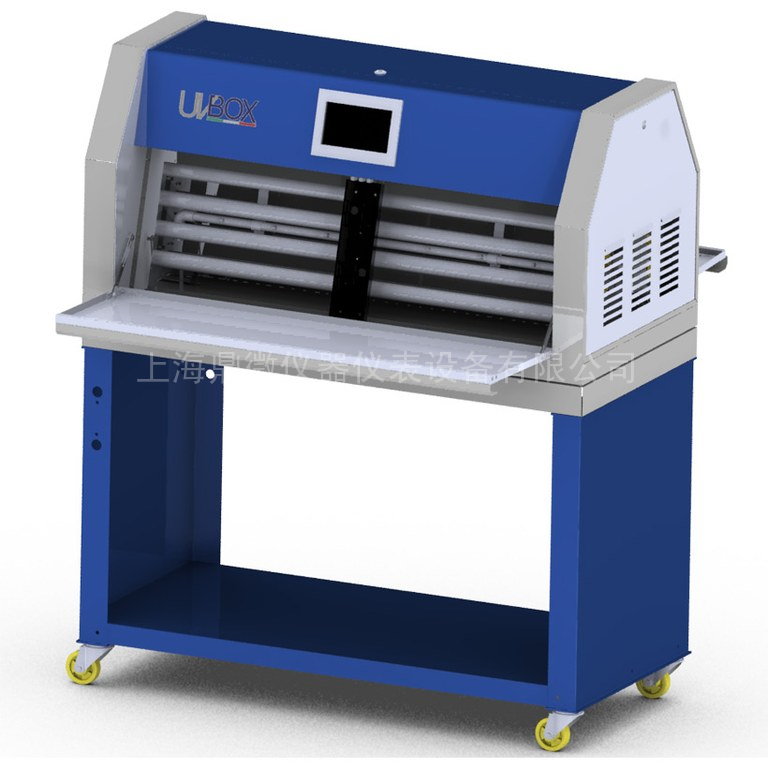
ASTM D4329测试塑料的荧光紫外线照射。它涵盖了基于ASTM G151和ASTM G154实践的特定程序和测试条件。该测试方法还包括测试样品的制备,适合塑料的测试条件,以及测试结果的评估。作为聚合物测试服务的一部分
ASTM D4329使用和要考虑的因素
当在室外条件下(例如光,热和水)暴露时,聚合物的机械,电学和光学性能会发生显着变化。该方法旨在促使与*终使用条件相关的性质变化,包括日光,除了热量之外的水分的影响。本地化天气引起的恶化模拟,例如大气污染,生物攻击和盐水暴露,并非由本实践中使用的暴露所预期。对于荧光灯和盐水的组合,您应该考虑ASTM D5894。
ASTM D4329测试的典型实验参数
样本/产品数量:至少三个重复样本。
尺寸和形状:将根据用于测量曝光对样品的影响的测试方法的规格来确定。建议在可能的情况下,将样品的尺寸设计成适合样品架。对于由绝缘材料制成的样品,例如泡沫,*大厚度为20 mm,以便为冷凝提供适当的热传递。
辐照度水平:通常从0,49至1,55 W/m(UVA)
灯泡类型: UVB-313和UVA-340(常见)
曝光持续时间:待定
曝光周期:
循环A(一般用途)
B轮(汽车用)
循环C(聚合物建筑产品)This standard is issued under the fixed designation D 4329; the number immediately following the designation indicates the year of original adoption or, in the case of revision, the year of last revision. A number in parentheses indicates the year of last reapproval. A superscript epsilon (e) indicates an editorial change since the last revision or reapproval.
1. Scope*
1.1 This practice covers specific procedures and test conditions that are applicable for fluorescent UV exposure of plastics conducted in accordance with Practices G 151 and G 154. This practice also covers the preparation of test specimens, the test conditions best suited for plastics, and the evaluation of test results.
1.2 The values stated in SI units are be regarded as standard. The values given in brackets are for information only.
1.3 This standard does not purport to address all of the safety concerns, if any, associated with its use. It is the responsibility of the user of this standard to establish appropriate safety and health practices and determine the applicability of regulatory limitations prior to use.
NOTE 1—This practice is technically similar to ISO 4892-3.
2. Referenced Documents
2.1 ASTM Standards:
D 3980 Practice for Interlaboratory Testing of Paint and Related Materials
D 5870 Practice for Calculating Property Retention Index of Plastics
E 691 Practice for Conducting an Interlaboratory Study to Determine the Precision of a Test Method
G 113 Terminology Relating to Natural and Artificial Weathering Tests of Nonmetallic Materials
G 141 Guide for Addressing Variability in Exposure Testing on Nonmetallic Materials
G 147 Practice for Conditioning and Handling of Nonmetallic Materials for Natural and Artificial Weathering Tests
G 151 Practice for Exposing Nonmetallic Materials in Accelerated Test Devices That Use Laboratory Light Sources
G 154 Practice for Operating Fluorescent Light Apparatus for UV Exposure of Nonmetallic Materials
G 169 Guide for Applications of Basic Statistical Methods to Weathering Tests
G 177 Tables for Reference Solar Ultraviolet Spectral Distributions: Hemispherical on 37 Degree Tilted Surface
2.2 ISO Standard:
ISO 4892-3 Plastics—Methods of Exposure to Laboratory
Light Sources—Part 3, Fluorescent UV Lamps
2.3 SAE Standard:
SAE J2020 Accelerated Exposure of Automotive Exterior Materials Using a Fluorescent UV and Condensation Apparatus
3. Terminology
3.1 The definitions in Terminology G 113 are applicable to this practice.
4. Significance and Use
4.1 The ability of a plastic material to resist deterioration of its electrical, mechanical, and optical properties caused by exposure to light, heat, and water can be very significant for many applications. This practice is intended to induce property changes associated with end-use conditions, including the effects of sunlight, moisture, and heat. The exposure used in this practice is not intended to simulate the deterioration caused by localized weather phenomena, such as, atmospheric pollution, biological attack, and saltwater exposure.
(Warning—Variation in results may be expected when operating conditions are varied within the accepted limits of this practice. Therefore, no reference to the use of this practice should be made unless accompanied by a report prepared in accordance with Section 8 that describes the specific operating conditions used. Refer to Practice G 151 for detailed information on the caveats applicable to use of results obtained in accordance with this practice.)
NOTE 2—Additional information on sources of variability and on strategies for addressing variability in the design, execution, and data analysis of laboratory-accelerated exposure tests is found in Guide G 141.
4.2 Reproducibility of test results between laboratories has been shown to be good when the stability of materials is evaluated in terms of performance ranking compared to other materials or to a control.5,6 Therefore, exposure of a similar material of known performance (a control) at the same time as the test materials is strongly recommended. It is recommended that at least three replicates of each material be exposed to allow for statistical evaluation of results.
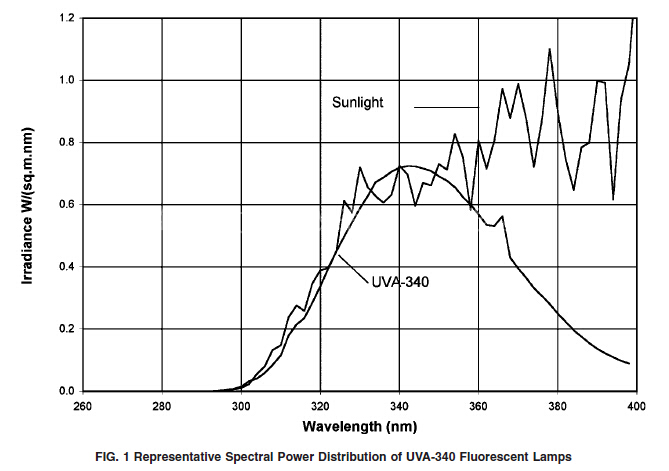
-
 上海鼎振仪器设备有限公司
上海鼎振仪器设备有限公司咨询热线 13472521719 内容声明:谷瀑为第三方平台及互联网信息服务提供者,谷瀑(含网站、客户端等)所展示的商品/服务的标题、价格、详情等信息内容系由店铺经营者发布,其真实性、准确性和合法性均由店铺经营者负责。谷瀑提醒您购买商品/服务前注意谨慎核实,如您对商品/服务的标题、价格、详情等任何信息有任何疑问的,请在购买前通过谷瀑与店铺经营者沟通确认;谷瀑上存在海量店铺,如您发现店铺内有任何违法/侵权信息,请在谷瀑首页底栏投诉通道进行投诉。上海鼎振仪器设备有限公司 电话:021-32535039 手机:13472521719 地址: 上海市嘉定区德富路1198号803室太湖世家国际大厦
 扫一扫,手机浏览
扫一扫,手机浏览